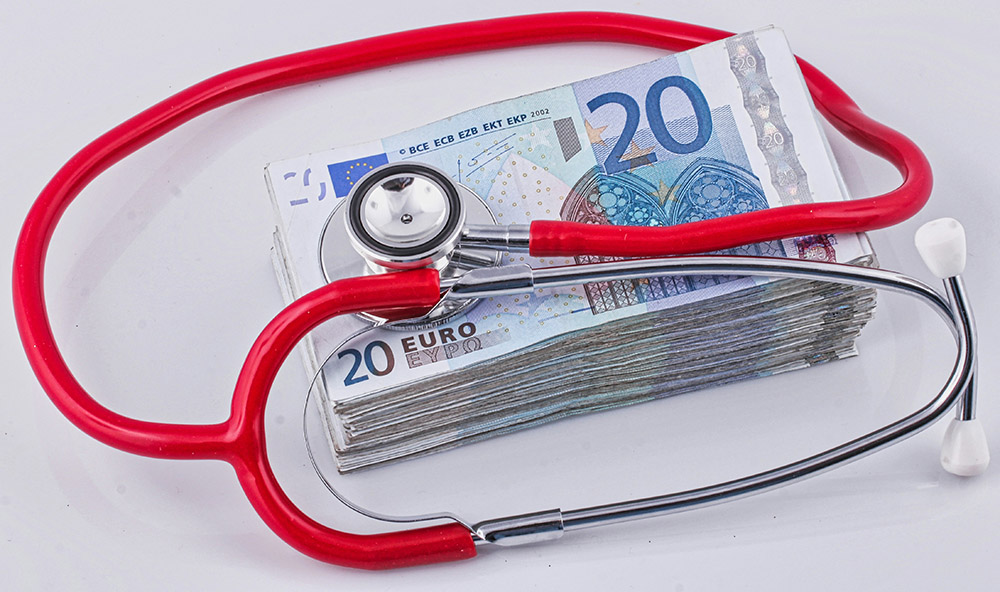Launching a prescription medicine in France requires more than just obtaining marketing authorization. To ensure patients can access your product — and the French health insurance system (Assurance Maladie) covers its cost — you’ll also need to navigate the reimbursement process.
Here’s a step-by-step guide to how it works.
📋 Step 1: Obtain Marketing Authorization
Before anything else, your medicine must have a valid Marketing Authorization (MA) — either via the European Medicines Agency (EMA) for centrally authorized products or the French Medicines Agency (ANSM) for national or decentralized procedures.
📋 Step 2: Apply to the Transparency Commission
Once the MA is in place, the company submits a reimbursement dossier to the Transparency Commission (Commission de la Transparence, CT) within the HAS (Haute Autorité de Santé).
The Transparency Commission evaluates:
- The Actual Clinical Benefit (Service Médical Rendu, SMR): How important is the medicine in treating the condition?
- The Improvement in Clinical Benefit (Amélioration du Service Médical Rendu, ASMR): Does it improve on existing treatments?
The SMR rating determines:
- Whether the medicine is reimbursed at all.
- At what rate: 100%, 65%, 30%, or 15%, depending on severity of the disease.
The ASMR rating (from I to V) indicates how much added value the medicine brings compared to current treatments — and this will impact its price.
📋 Step 3: Negotiate the Price
The price of reimbursed medicines is negotiated with the Economic Committee for Health Products (CEPS).
- If your medicine has an ASMR of I, II, or III (significant improvement), you have more room to negotiate a higher price.
- If your ASMR is IV or V (minor or no improvement), CEPS will push for a price aligned with existing treatments.
The CEPS also considers European price benchmarks and budget impact in its negotiations.
📋 Step 4: Publication and Listing
Once the Transparency Commission’s opinion and price are agreed, the decision is published in the Official Journal (Journal Officiel). The medicine is then added to the List of Reimbursable Medicines (Liste des Médicaments Remboursables).
Only after this step can physicians prescribe your medicine under reimbursement.
📋 Step 5: Monitor Performance
The CEPS may include performance or sales volume clauses in the pricing agreement, requiring periodic reviews. If the medicine underperforms compared to forecasts, or sales exceed agreed volumes, the price may be adjusted or rebates requested.
Typical Timelines
From submitting the dossier to HAS to publication, the process typically takes 6–12 months, depending on the complexity of your product and negotiation outcomes. Companies can sometimes apply for Temporary Authorization for Use (ATU) or Early Access Programs (AAP) to allow patient access earlier while awaiting reimbursement.
Why It Matters
Understanding this process is critical:
✅ It determines how accessible your product will be to French patients.
✅ It shapes your product’s financial success in France.
✅ It requires strategic positioning and clear evidence of clinical and economic value.
If you’re planning to launch a product in France, start preparing your reimbursement strategy early — ideally even before filing your marketing authorization. Aligning clinical evidence, health economic data, and market expectations can make all the difference.
Contact us for more information : hello@elliogen.comhello@elliogen.com

Leave a Reply